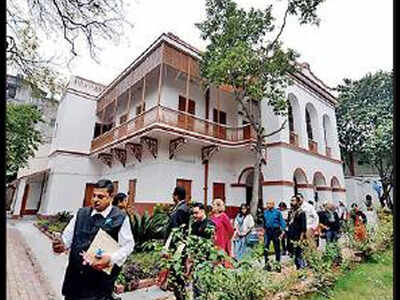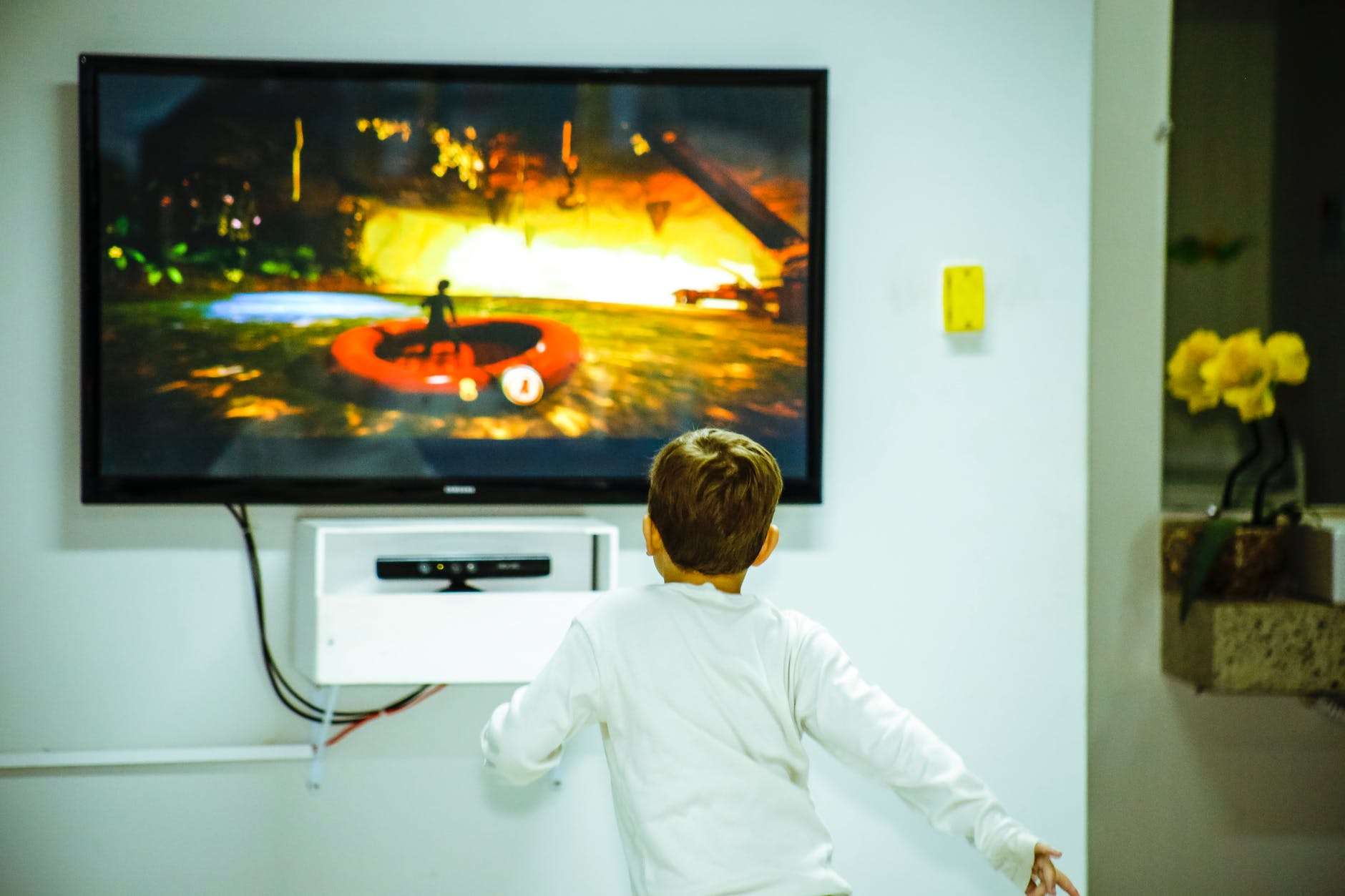
KOLKATA: On an overcast Saturday morning, a motley group walked down a 3km stretch to retrace a movement two-and-a-half centuries ago that had reshaped the fate of women, not just in Kolkata or Bengal, but the whole of India.
The Twins Tour (named after twins Arijit and Surajit Dutta), organised in collaboration with Incredible India and ICCR, delved into Bengal Renaissance — a social, cultural, intellectual and artistic movement from the 19th century to the early 20th century that had questioned existing orthodoxies, particularly with respect to women, marriage, the dowry system, the caste system and religion.
The tour began from Amherst Street at the house of Raja Rammohan Roy, considered the father of modern Indian renaissance.
“The property was bought by Roy from Frenchman Francis Mendes for Rs 13,000 around 1815. Its called the Simla House as the neighbourhood is known as Simla. He was the ‘morning star’ of Indian renaissance,” pointed out walk curator Indradeep Narayan Banerjee.
The next stop was around 100 metres down the road at the residence of Iswar Chandra Vidyasagar. After Roy had stopped Sati, Vidyasagar took the next crucial step by promoting widow remarriage. In fact, he was instrumental in arranging the first widow remarriage. Vidyasagar, who was then in Sanskrit College, convinced his friend Ramdhan Takabagish to allow his son Srischandra Vidyaratna Bhattacharya, who was assistant secretary of Sanskrit College at the time, to marry 10-year-old Kalimati, daughter of Brahmanda Mukherjee and Lachmani Devi. This wedding took place on Sunday, December 7, 1856, at 12 Sukeas Street, now 48 Kailash Bose Street, again a short walk from Vidyasagar’s residence. This was the third stop of the tour, the house that once belonged Rajkrishna Banerjee.
Next, the group went to Naba Bidhan, the Brahmo Sabha temple that Keshub Chandra Sen had set up after breaking away from the Brahmo Samaj. Sen was instrumental in setting up Albert College, where the College Street Coffee House is now located. He also started the Victoria School for women that was subsequently relocated to his residence on AJC Bose Road and is now known as Victoria Institution.
“Time permitting, I would have liked to take the group to Bethune School and Balika Brahmo Girls School that had promoted girls’ education. Though Hindu College and Sanskrit College were also a product of Bengal renaissance, they initially welcomed only male students,” Banerjee said.
The Twins Tour (named after twins Arijit and Surajit Dutta), organised in collaboration with Incredible India and ICCR, delved into Bengal Renaissance — a social, cultural, intellectual and artistic movement from the 19th century to the early 20th century that had questioned existing orthodoxies, particularly with respect to women, marriage, the dowry system, the caste system and religion.
The tour began from Amherst Street at the house of Raja Rammohan Roy, considered the father of modern Indian renaissance.
“The property was bought by Roy from Frenchman Francis Mendes for Rs 13,000 around 1815. Its called the Simla House as the neighbourhood is known as Simla. He was the ‘morning star’ of Indian renaissance,” pointed out walk curator Indradeep Narayan Banerjee.
The next stop was around 100 metres down the road at the residence of Iswar Chandra Vidyasagar. After Roy had stopped Sati, Vidyasagar took the next crucial step by promoting widow remarriage. In fact, he was instrumental in arranging the first widow remarriage. Vidyasagar, who was then in Sanskrit College, convinced his friend Ramdhan Takabagish to allow his son Srischandra Vidyaratna Bhattacharya, who was assistant secretary of Sanskrit College at the time, to marry 10-year-old Kalimati, daughter of Brahmanda Mukherjee and Lachmani Devi. This wedding took place on Sunday, December 7, 1856, at 12 Sukeas Street, now 48 Kailash Bose Street, again a short walk from Vidyasagar’s residence. This was the third stop of the tour, the house that once belonged Rajkrishna Banerjee.
Next, the group went to Naba Bidhan, the Brahmo Sabha temple that Keshub Chandra Sen had set up after breaking away from the Brahmo Samaj. Sen was instrumental in setting up Albert College, where the College Street Coffee House is now located. He also started the Victoria School for women that was subsequently relocated to his residence on AJC Bose Road and is now known as Victoria Institution.
“Time permitting, I would have liked to take the group to Bethune School and Balika Brahmo Girls School that had promoted girls’ education. Though Hindu College and Sanskrit College were also a product of Bengal renaissance, they initially welcomed only male students,” Banerjee said.
Trending Topics
LATEST VIDEOS
City
 AAP set to retain Delhi, third term for Kejriwal, predict exit polls unanimously
AAP set to retain Delhi, third term for Kejriwal, predict exit polls unanimously  Delhi CM Arvind Kejriwal hits out at Smriti Irani, says women decide their family vote
Delhi CM Arvind Kejriwal hits out at Smriti Irani, says women decide their family vote  Three-storey building collapses in Punjab's Mohali, several feared trapped
Three-storey building collapses in Punjab's Mohali, several feared trapped  I thank police for arresting AAP worker who used abusive language against me: Alka Lamba
I thank police for arresting AAP worker who used abusive language against me: Alka Lamba
More from TOI
Navbharat Times
Featured Today in Travel
Get the app





